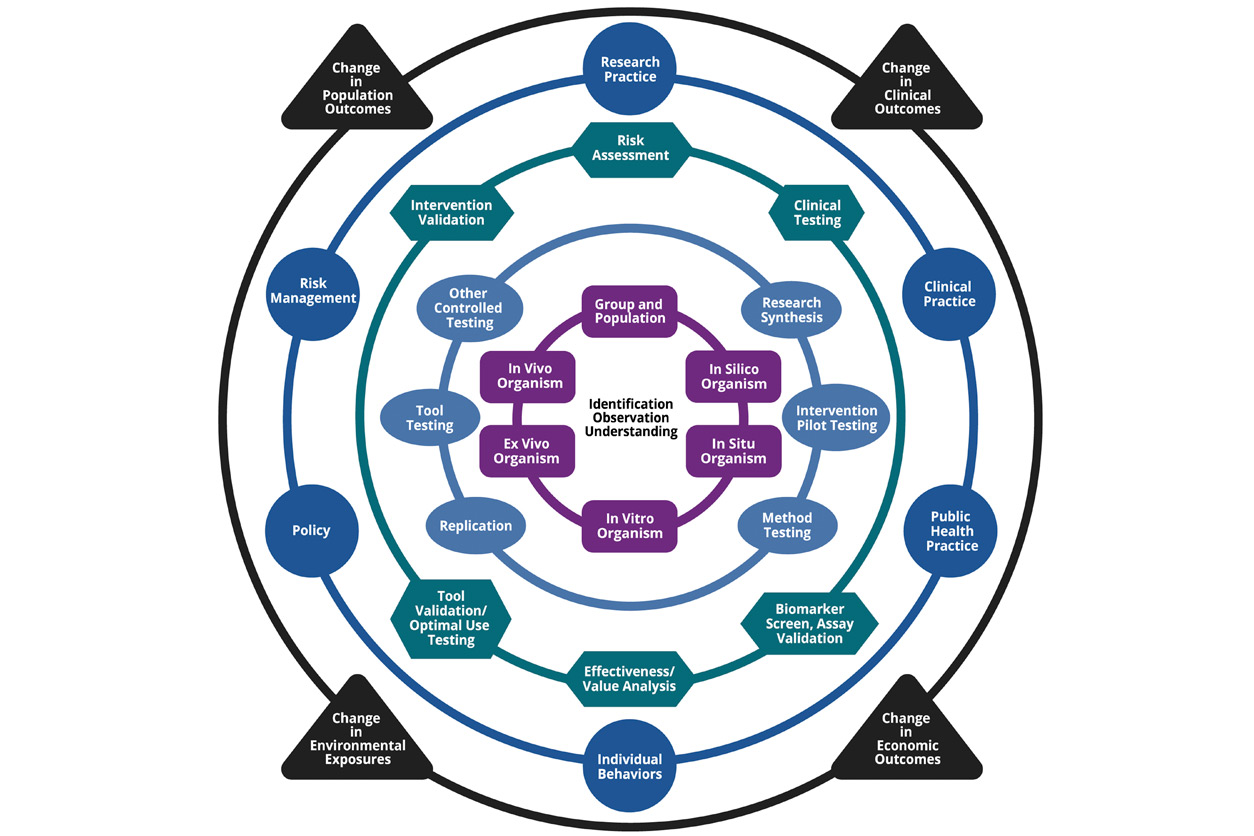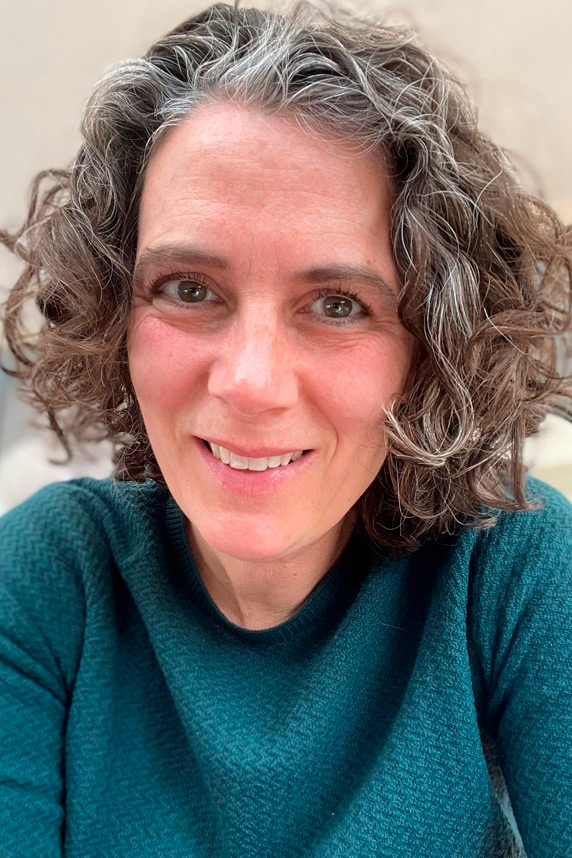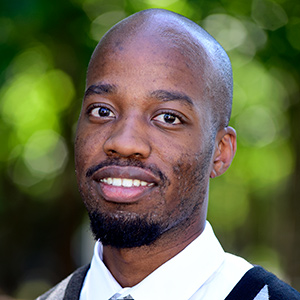In a paper published March 6, the NIEHS Translational Research Framework was used to assess the translational impact of the World Trade Center Health Program (WTCHP). The framework is a tool that helps demonstrate the value of environmental health research.
Researchers at the RAND Corporation objectively applied the NIEHS framework to identify WTCHP milestones and opportunities in research on post-traumatic stress disorder and cancer cases. Both areas are of particular concern for responders, survivors, and the clinicians who treat them.
 The events of Sept. 11, 2001, as well as the bravery, resilience, and sacrifice of responders and survivors, are memorialized in a bronze mural on a fire station wall in New York City. (Photo courtesy of Junior Braz / Shutterstock.com)
The events of Sept. 11, 2001, as well as the bravery, resilience, and sacrifice of responders and survivors, are memorialized in a bronze mural on a fire station wall in New York City. (Photo courtesy of Junior Braz / Shutterstock.com)Research insight and tracking
The process of moving an idea from basic studies toward a clear, positive effect on public health is known as translational research. NIEHS encourages translational research and developed the framework to support the process. Using the framework’s guideposts, scientists can visualize and track their research program as it makes progress toward public health benefits.
The article’s authors sought a framework that would allow them to fully address the particulars of environmental and occupational health research. They stated that the NIEHS framework offers a greater level of complexity and nuance than other frameworks, with straightforward application.
“Their application of our tool lines up perfectly with our intention for its use,” said Kristi Pettibone, Ph.D., an NIEHS health scientist administrator who led development of the framework. “They used it to see where they are and to look forward to identify opportunities to apply their research.”
 Basic research, shown in the inner rings, can move, or translate, to applied research and bridge to practices and policies that can change the health of people, shown in the outer rings. (Image courtesy of NIEHS)
Basic research, shown in the inner rings, can move, or translate, to applied research and bridge to practices and policies that can change the health of people, shown in the outer rings. (Image courtesy of NIEHS)Helping responders and survivors
The WTCHP provides medical monitoring and treatment for eligible responders and survivors of the 2001 terrorist attacks in New York City, the Pentagon in Arlington, Virginia, and near Shanksville, Pennsylvania.
The health program’s research group helps plan research directions, assesses effectiveness of current studies, identifies research gaps, and coordinates external program reviews.
All aspects of these programs are administered by the National Institute for Occupational Safety and Health, which is part of the Centers for Disease Control and Prevention.
Results that resonate
 “This research group used the translational framework independent of NIEHS involvement or funding,” said Pettibone. (Photo courtesy of Kristi Pettibone)
“This research group used the translational framework independent of NIEHS involvement or funding,” said Pettibone. (Photo courtesy of Kristi Pettibone)The paper’s authors recommended use of the NIEHS framework for these purposes:
- Communicate the concept of translational research within their program.
- Track movement of research through the translational spectrum.
- Plan, implement, and evaluate high-impact research translation.
“The more people use the framework and publish their results, the more examples we’ll have to share,” Pettibone said.
She added that development of an ordered process for providing technical assistance to potential users of the tool is planned for later in 2021. See the sidebar for a link to resources.
Realizing positive effects
The ability of the health program to serve its members and realize positive effects for all of its stakeholders depends on effectively translating research findings, the authors explained. They added that the framework is useful for demonstrating tangible research progress and setting future goals.
“We were excited to see that the translational framework is valuable to the World Trade Center Health Program,” said Christie Drew, Ph.D., head of the NIEHS Program Analysis Branch. “It’s a real-world application that aligns with the NIEHS mission to impact human health.”
Citations:
Madrigano J, Concannon TW, Mann S, Siddiqi SM, Chari R, Faherty LJ. 2021. Impact of World Trade Center-Related Health Research: an application of the NIEHS translational framework. Int J Environ Res Public Health 18(5):2659.
Pettibone KG, Balshaw DM, Dilworth C, Drew CH, Hall JE, Heacock M, Latoni AR, McAllister KA, O'Fallon LR, Thompson C, Walker NJ, Wolfe MS, Wright DS, Collman GW. 2018. Expanding the concept of translational research: making a place for environmental health sciences. Environ Health Perspect 126(7):074501.
(Carol Kelly is the managing editor for the NIEHS Office of Communications and Public Liaison.)









